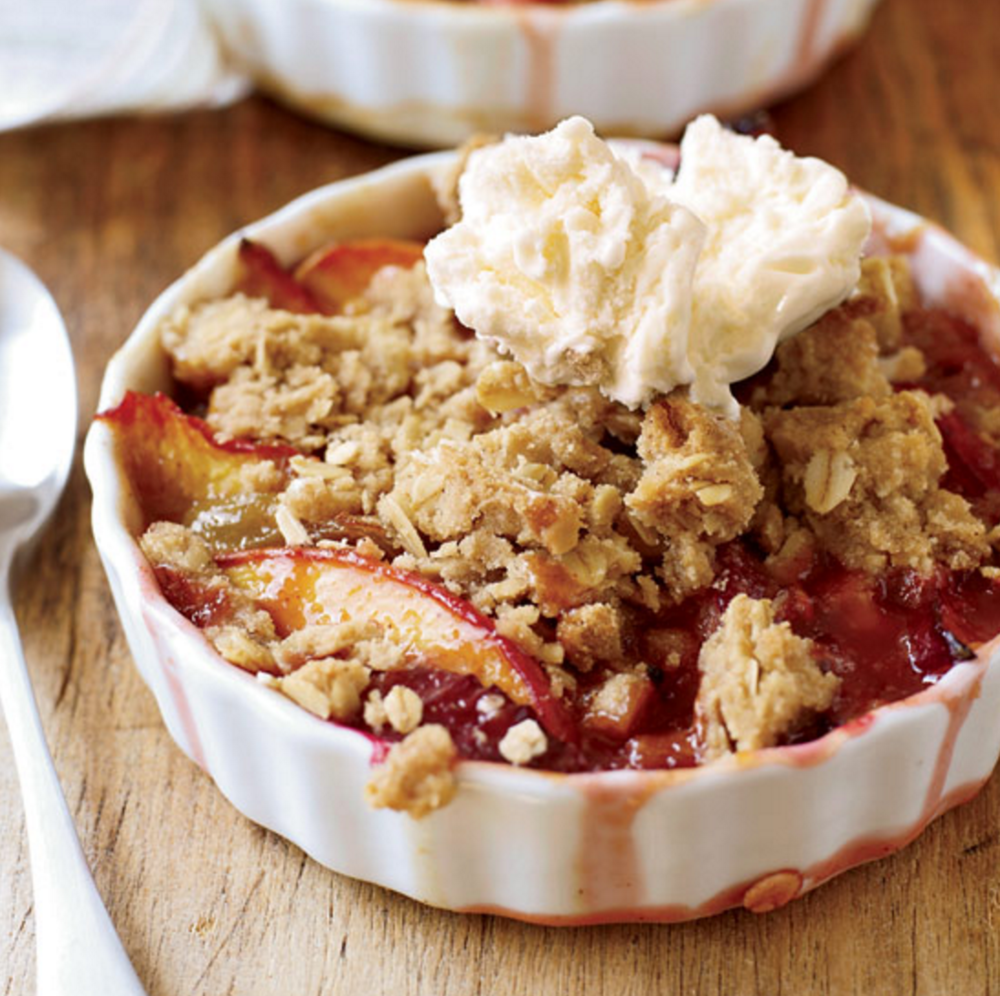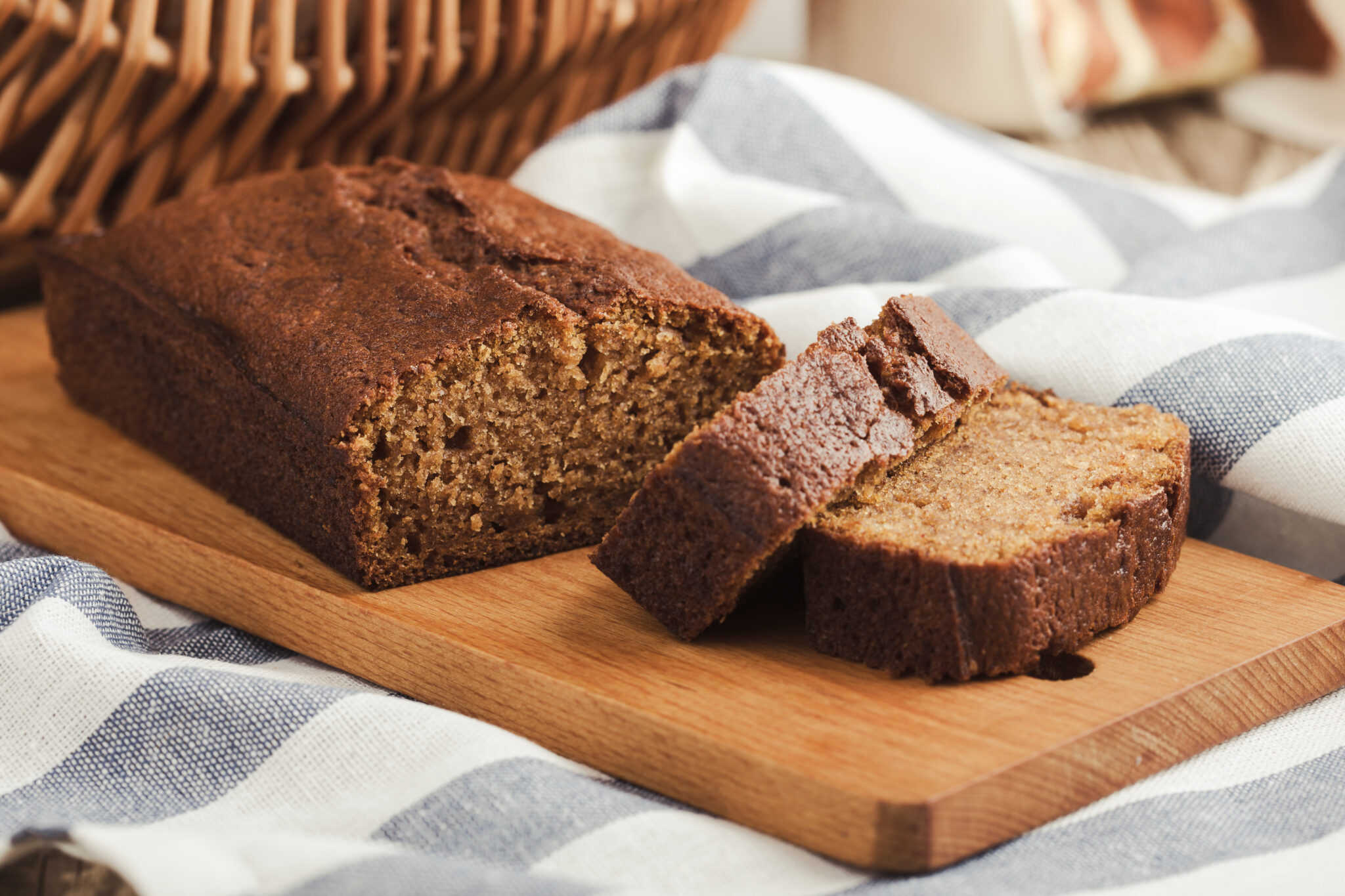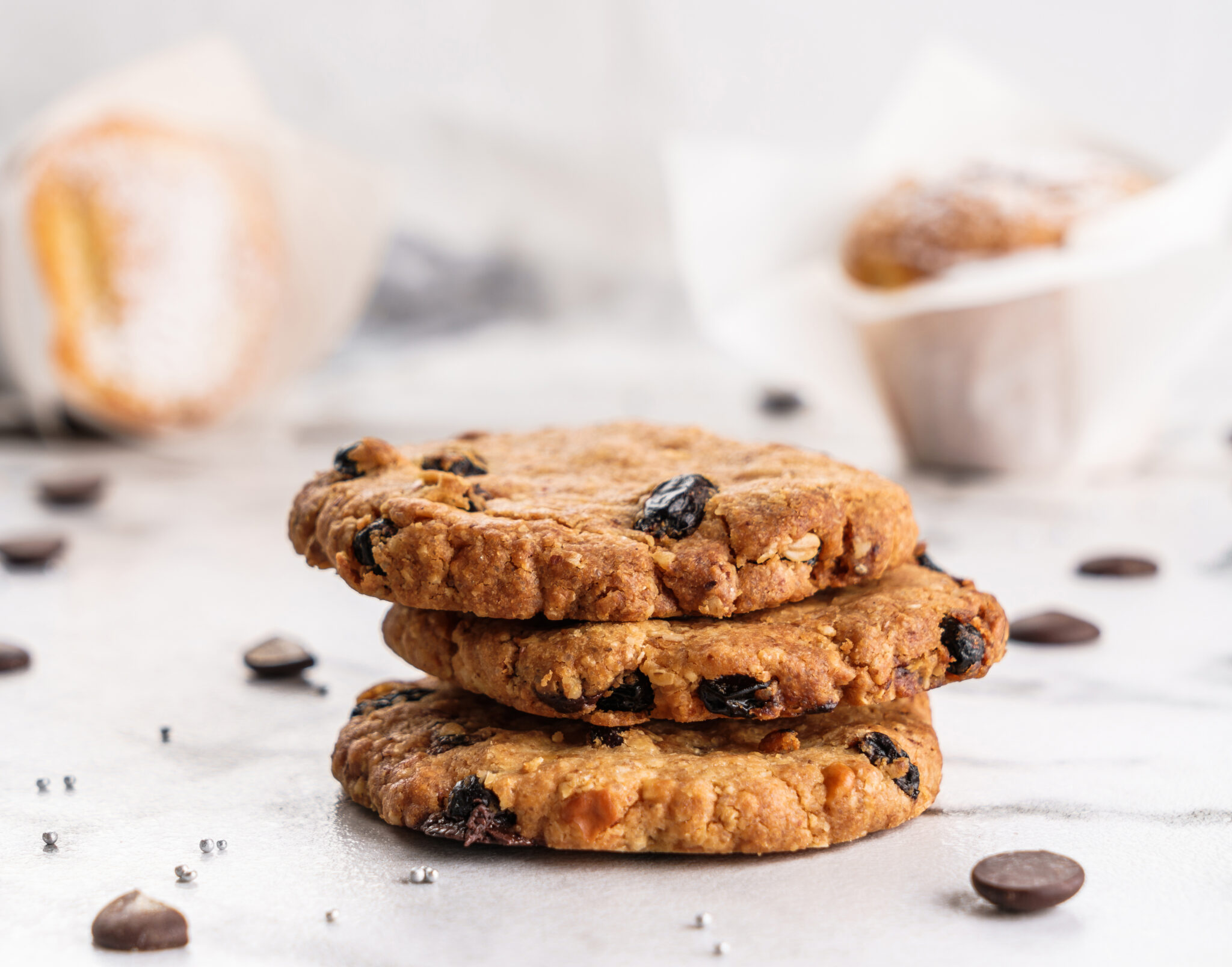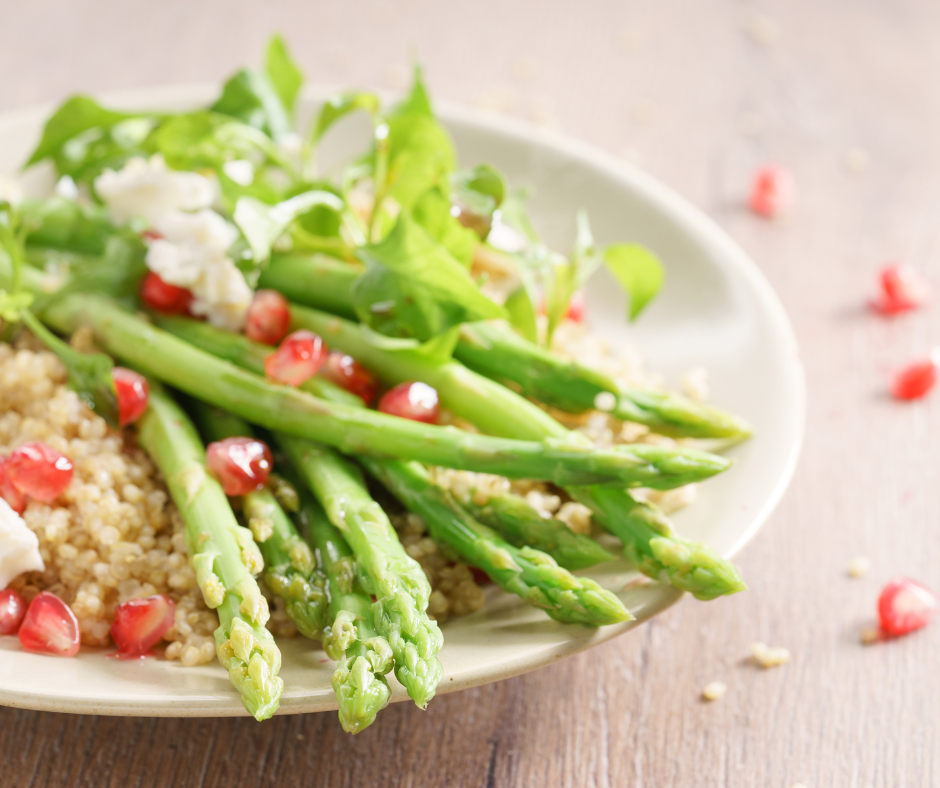
Yummy custard – especially when it’s laced with cardamom and cinnamon. Add to that fresh spring berries (supreme cleansers for the body) as the main attraction—sweetened with just a drizzle of maple syrup and spiked with a splash of vanilla—dessert by no means needs to sabotage your day.
Eastern View: The aromatic seeds called cardamom are filled with soothing, relaxing and antispasmodic essential oils. Cardamom stimulates the digestion and alleviates intestinal spasms and pain, it can also prevent coughing and helps with spring allergies. Cardamom decreases all the doshas and has a cooling but sweet digestive effect.
Cardamom stimulates the agni (digestive fire) without aggravating pitta and also clears excess Kapha from the stomach. Used for nausea, burping and acidity – it’s a great spice to work on any spring sluggishness.
Cinnamon: is used in Ayurveda as a major digestive herb. Just as a bark protects a tree, cinnamon protects and strengthens the intestines. It’s an appetite increaser and has the quality of destroying toxins. It is known as a cardio tonic, reduces Vata and Kapha and in excess can increase Pitta. It’s a strengthening spice that has an effect on digestion, the lungs and circulation.
Useful especially in spring, cinnamon clears mucus from the lungs, and encourages circulation throughout the respiratory system. It can be used to clear ama (digestive toxins) by encouraging sweating. Cinnamon works on a sluggish digestion by increasing digestive fire (agni) and as it also regulates vata, is great for that vata type of gas and bloating. Also useful in pitta type of loose stools and is used as a treatment for candida or thrush.
If Reynaud’s syndrome is your problem, increase the amount of cinnamon you take and it is especially useful in arthritis as its warm, dry and light qualities clear excess ama (toxins) from the joints.
Western View: Cardamom is related to ginger and can be used in much the same way to counteract digestive problems. Use it to combat nausea, acidity, bloating, gas, heartburn, loss of appetite, constipation, and much more. This spice also helps to detoxify by efficiently enhancing the removal of waste products through the kidneys. Part of the reason cardamom is such a good detoxifier is thanks to the diuretic properties. It helps clean out the urinary tract, bladder, and kidneys, removing waste, salt, excess water, toxins, and combating infections too.
Apart from helping with bad breath, cardamom is used for mouth ulcers and infections of the mouth and throat, and this pungent spice may help prevent and relieve cold and flu symptoms. It’s also used for bronchitis and coughs.
Animal studies are showing promise that cardamom protects against, inhibits growth, and even kills some cancers; and as a diuretic and fiber rich spice, cardamom significantly lowers blood pressure.
Many of the vitamins, phytonutrients, and essential oils in cardamom act as antioxidants, cleaning up free radicals and resisting cellular aging. Like ginger and turmeric, its relatives, cardamom has some anti-inflammatory properties that limit pain and swelling, especially in mucus membranes, the mouth, and throat.
Cardamom is an anti-spasmodic that can help get rid of hiccups. This also applies to other involuntary muscle spasms, like stomach and intestinal cramps.
Cinnamon is just loaded with antioxidants and these protect the body from oxidative damage caused by free radicals. In a study that compared the antioxidant activity of 26 spices, cinnamon wound up as the clear winner, even outranking “superfoods” like garlic and oregano (1).
Inflammation in the body is incredibly important. It helps the body fight infections and repair tissue damage. However, inflammation can become a problem when it is chronic (long-term) and directed against the body’s own tissues. Cinnamon may be useful in this regard, because some studies show that the antioxidants in it have potent anti-inflammatory activity (2).
Cinnamon has been linked with reduced risk of heart disease, the world’s most common cause of premature death; and in people with type 2 diabetes, 1 gram of cinnamon per day has beneficial effects on blood markers. It reduces levels of total cholesterol, LDL cholesterol and triglycerides, while HDL cholesterol remains stable (3).
In animal studies, cinnamon has been shown to reduce blood pressure (4). When combined, all these factors may drastically cut the risk of heart disease.
Cinnamon is well known for its blood sugar lowering effects.Apart from the beneficial effects on insulin resistance, cinnamon can lower blood sugar by several other mechanisms. First, cinnamon has been shown to decrease the amount of glucose that enters the bloodstream after a meal. It does this by interfering with numerous digestive enzymes, which slows the breakdown of carbohydrates in the digestive tract (5, 6).
Second, a compound in cinnamon can act on cells by mimicking insulin (7, 8). This greatly improves glucose uptake by cells, although it acts much slower than insulin itself. Numerous human trials have confirmed the anti-diabetic effects of cinnamon, showing that it can lower fasting blood sugar levels by up to 10-29% (9, 10, 11).
Neurodegenerative diseases are characterized by progressive loss of the structure or function of brain cells. Alzheimer’s disease and Parkinson’s disease are two of the most common types. Two compounds found in cinnamon appear to inhibit the buildup of a protein called tau in the brain, which is one of the hallmarks of Alzheimer’s disease (12, 13, 14).
In a study looking at mice with Parkinson’s disease, cinnamon helped to protect neurons, normalize neurotransmitter levels and improve motor function (15).
Ingredients
For The Topping
- 1/2 cup old-fashioned rolled oats
- 1/4 cup spelt flour
- 1/4 cup cane or maple sugar
- 1/2 teaspoon ground cinnamon
- 3 tablespoons coconut oil, melted
- 2 teaspoons maple syrup
- 1 1/2 teaspoons pure vanilla extract
- 1/2 cup raw almonds, toasted and chopped
For The Filling
- 6 cups blueberries, raspberries, and blackberries
- 1/2 teaspoon ground cinnamon
- 1 tablespoon arrowroot or cornstarch
- 2 tablespoons maple syrup
- 1 teaspoon grated orange zest
- 1 teaspoon pure vanilla extract
- Cardamom Custard
Directions
- Heat oven to 350 degrees and position rack in lower third. Combine topping ingredients in a bowl.
- Combine filling ingredients in another bowl. Pour filling into a 9-inch pie dish and sprinkle with topping.
- Place dish on a parchment-lined baking sheet and bake until bubbling and golden, about 50 minutes. (Tent with foil if
becoming too dark.) Let cool slightly and serve topped with Cardamom Custard.
Cardamom Custard
Ingredients
- 1/2 cup raw cashews
- 2 cups, plus 1 Tbsp plain rice milk
- Pinch coarse salt
- 1 tablespoon maple syrup
- 5 cardamom pods, crushed
- 1 1/2 teaspoon arrowroot or cornstarch
- 1 teaspoon pure vanilla extract
Directions
- In a blender, process cashews, 2 cups milk, salt, and syrup for 1 minute. Transfer mixture to a saucepan, add cardamom, and bring to a boil, whisking. Reduce heat and simmer, covered, 15 minutes.
- In a bowl, whisk remaining tablespoon milk and the arrowroot until smooth. Add to saucepan and thicken mixture over medium heat, whisking, 30 seconds. Remove from heat and stir in vanilla.
- Strain custard into a bowl and let cool slightly, then transfer to refrigerator.
- Serve chilled.
There’s no one size fits all for what you should eat. If you would like to talk with me about what is the right diet for you, sign up for a complimentary consultation. Just click on the link to my online calendar to find a good time that works for you.
In health,



